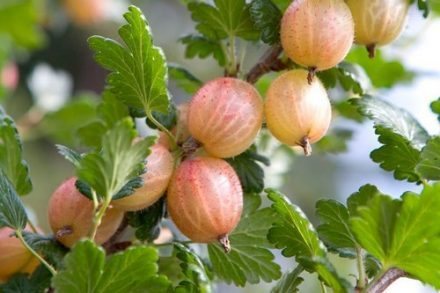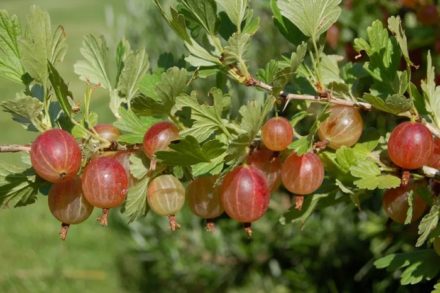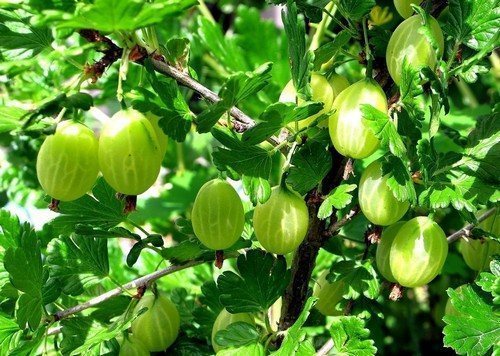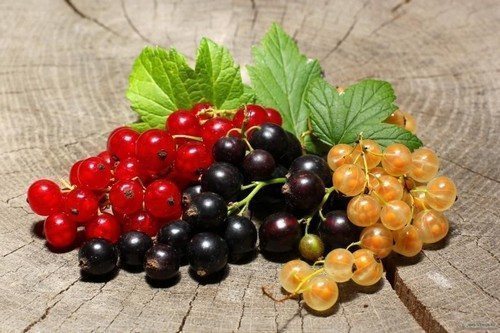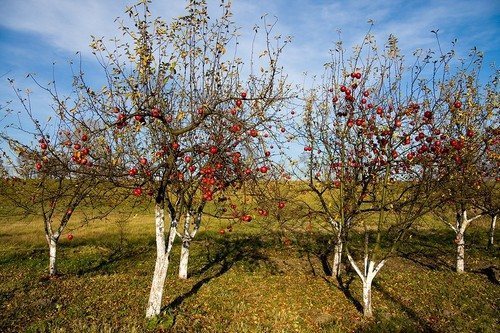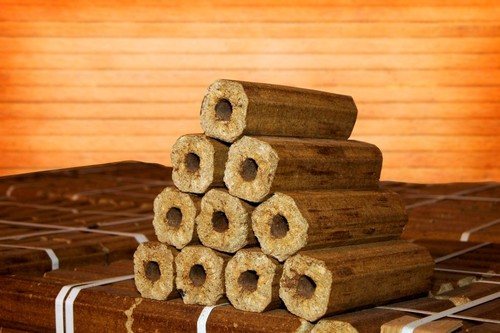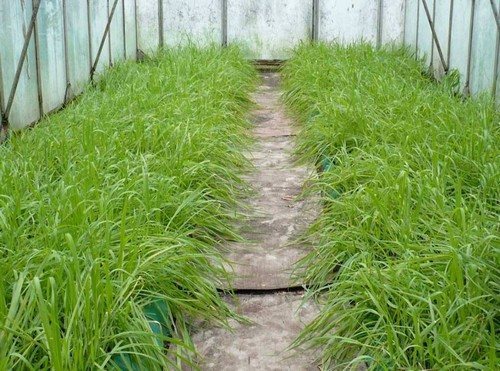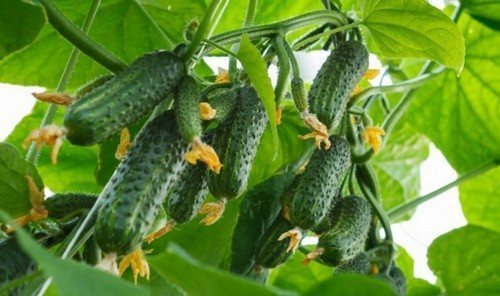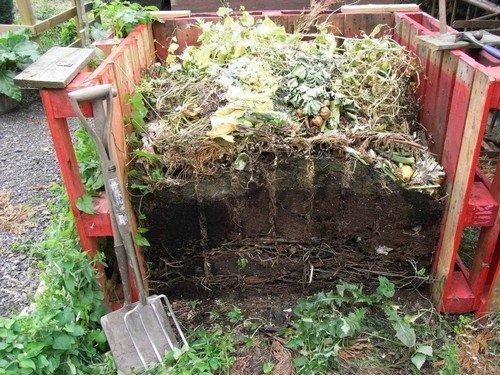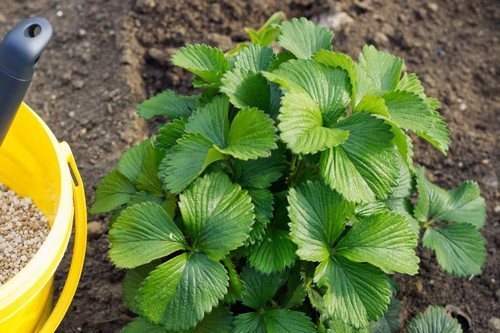After the gooseberry harvest, work on the garden plot continues. Gardeners apply all their knowledge and skills to return wasted energy to the crop and prepare the bushes for winter. Attention and care, careful care and preventive measures will provide gooseberries with enormous potential for the future.
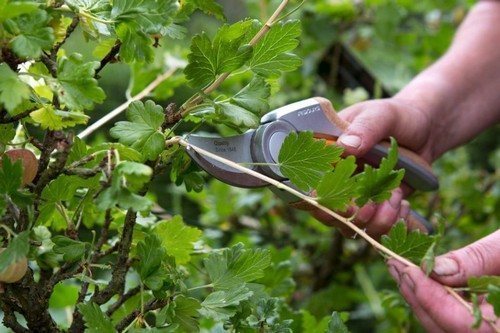
List of works after harvest
Immediately after the gooseberry harvest, important work in the garden begins. Directions are selected based on recommendations from experienced gardeners. These include:
- Weeding, which includes directly weeding under the bushes, removing old leaves and branches, and loosening the soil.
- Generous watering carried out according to a specific schedule.
- Fertilizing with mineral and organic fertilizers.
- Pruning old branches and damaged shoots.
- Treatment of crops to prevent diseases and pests.
- Mulching the soil under the bushes.
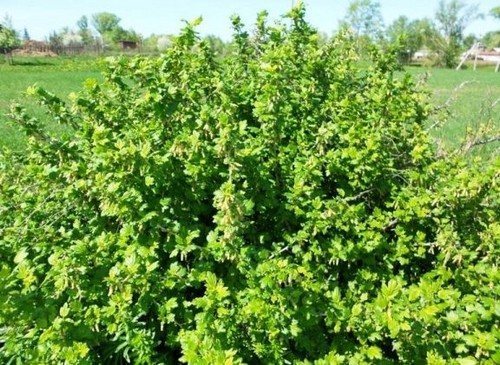
Although gooseberries are an unpretentious plant, they respond gratefully to care and attention. And it will delight gardeners with rich fruiting next year.
Work in the root zone
Work begins with removing fallen leaves, broken branches, and rotten fruits from under the bushes. The collected material is carefully examined. If there are signs of disease, the garbage is burned to prevent the disease from spreading to healthy growth. If there are no signs of infection, the collected residues are used as fertilizer (humus).
The next stage is weeding the root zone. Small weeds are pulled out, large weeds are removed along with the roots. Green weeds are scattered under the bushes. In the future, it will play the role of organic fertilizer.
Finally, carefully dig up the soil so as not to disturb the roots. The depth of the shovel is 6–7 cm. This approach will protect the crop from pests and fungal spores, and enrich the soil with oxygen.
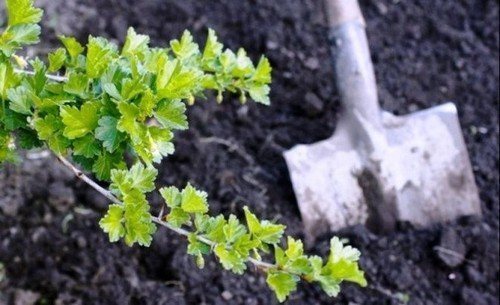
Watering after harvest
Gooseberries also need little watering. But if there is not enough moisture, the plant will have to overwinter with a dry root system, which can lead to death.
When drawing up a watering schedule, gardeners focus on weather conditions. If the fall is rainy, you may not need to water. In dry weather, soil moisture is required.
There are 4-5 buckets per watering. Since the gooseberry root system is deep, the soil is moistened to a depth of 50 cm. In dry autumn, water 3-5 times.
Top dressing
After abundant fruiting, gooseberries need fertilizers, which are applied in sufficient quantities. The bush will rejuvenate, withstand the winter cold and bear fruit again.
During this period, nitrogen fertilizers are abandoned, as they cause increased growth of shoots, which will not have time to produce a new crop before winter.
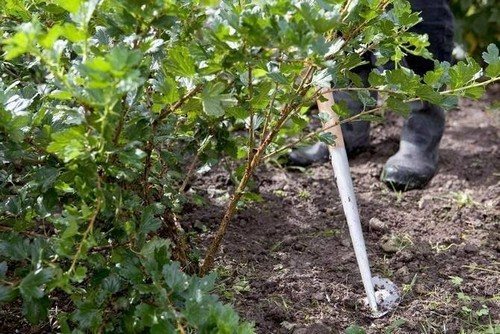
Among mineral fertilizers, fertilizers with large amounts of potassium and phosphorus are popular. These are the following types:
- potassium monophosphate. Consumed per square meter. meter: 50–80 g;
- potassium salt or sulfate per sq. meter: 25–30 g;
Granular substances are scattered under the bushes of the crop. Next, loosen the soil so that the granules go 8–10 cm deep.
Among the organic fertilizers used after harvest, the following types are valued:
- Ash. Consumption per sq. meter 100–200 grams.
- Peat (humus) - a bucket for 1 bush.
- Mullein prepared according to this scheme: combine water and fertilizer in equal volumes, ferment the composition for several days, then dilute it in half with water. Water at the rate of 10 liters per bush.
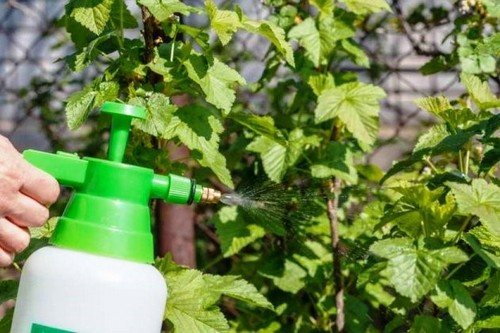
Foliar feeding with a growth and immunity stimulator is recommended. This additive has a beneficial effect on bushes that have produced a large harvest and spent a lot of energy to bear berries.
Trimming
At the end of fruiting, it is not recommended to immediately prune the gooseberries. Young shoots will appear on the renewed shrub, which will not reach maturity before the cold weather and will die. Gooseberries are pruned when the foliage has completely fallen. Depending on the variety, gooseberry pruning occurs from October 15 until the first frost.
Which branches are removed: damaged; dried out; broken. In addition, branches that grow inside the bush and thicken the crown; shoots located close to the ground or lying on it. As well as thin, immature shoots and branches older than 5 years of age.
The branches are cut off completely. There should be no stumps left. The cutting points are coated with garden varnish to prevent infection.
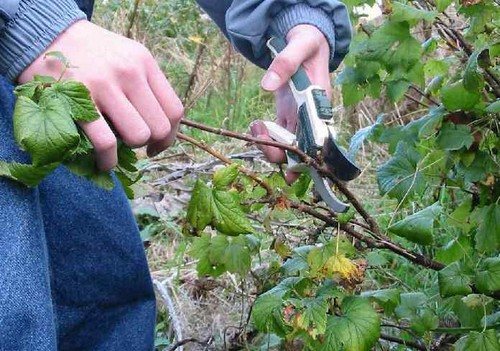
Preventive actions
The bushes are treated against pests and diseases after harvesting. If the plant is not affected, the only treatment is carried out in mid-October. In case of pronounced symptoms, treatment is carried out twice. At the end of October, and then repeat in late autumn.
The following liquids are used for processing:
- 1% Bordeaux mixture;
- foundationazole,
- other means.
They are purchased in special stores. The compositions change from time to time.
For the prevention of autumn pests such as ticks, gall midges, glass bugs, Karbofos, Fitoverm, Lepidotsid and others are used. The drugs are used strictly according to the instructions to avoid unpredictable consequences.
Mulching
When cold weather sets in and the first frosts occur, the ground under the bush is covered with a layer of humus or vegetable mulch. The layer thickness is 10–15 cm. On cold days, mulch will protect the shrub from frost, and in the spring it will block the way for pests. In summer it will protect the soil from drying out.
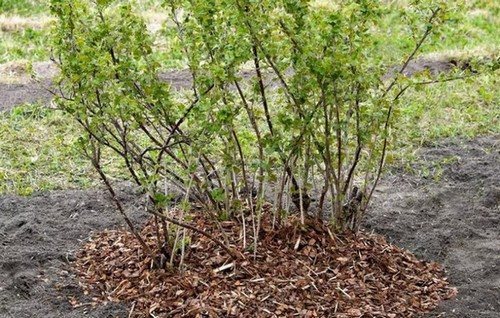
The following substances are selected for mulch:
- peat;
- sawdust;
- needles;
- dry leaves in half with humus;
- covering material.
In the spring, the mulch is removed and the soil is thoroughly loosened.
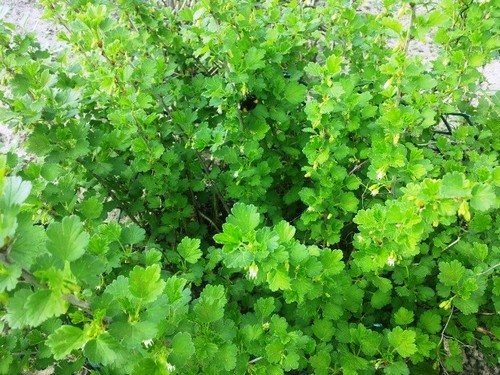
Thanks to the measures taken and following the recommendations, the gooseberries will prepare for wintering. And next year he will enter with renewed vigor and continue to delight those around him with a good harvest of delicious berries.


